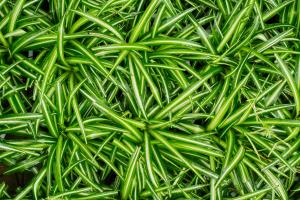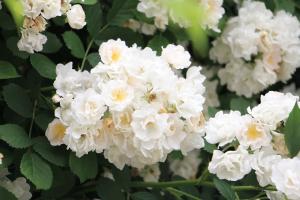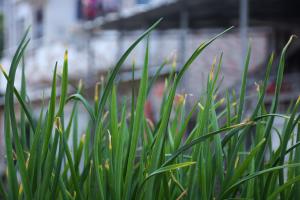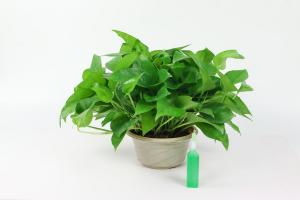Do Rubber Plants Like to Be Pot Bound?
Rubber plants, also known as Ficus elastica, are known for their lustrous and robust foliage. Their popularity as houseplants is mostly due to their adaptability to indoor conditions and their ability to thrive even when neglected. One of the most common questions that plant enthusiasts ask when growing rubber plants is whether they like to be pot-bound. In this article, we will explore the answer to this question and provide you with some key considerations when growing rubber plants.
Understanding Pot-Bound Plants
Before we delve into whether rubber plants like to be pot-bound or not, it's essential to understand what a pot-bound plant is. A pot-bound plant is one that has outgrown its container, and the roots have filled the entire pot. As a result, the plant's growth is stunted, and it shows signs of stress.
Pot-bound plants require frequent watering as they dry out quickly due to a lack of soil. They are more susceptible to pests and diseases than healthy plants. They also suffer nutrient deficiencies as the roots have no space to absorb essential nutrients from the soil.
Do Rubber Plants Like to Be Pot-Bound?
Rubber plants don't require pot-bound conditions to thrive. While they tolerate being slightly root bound, prolonged pot-bound situations can harm the plant's health and growth. Ideally, rubber plants should be repotted every two years in a pot that's one size larger than the current one to allow for new and healthy growth.
The ideal pot for rubber plants is one that has drainage holes to prevent overwatering and a potting mix that drains well. Use a mixture of peat, perlite, and coarse sand to improve soil drainage and aeration. Rubber plants prefer bright, indirect sunlight, which means that they should be placed in areas that receive filtered light or away from direct sun.
Signs of Pot-Bound Rubber Plants
While rubber plants don't prefer to be pot-bound, they will tolerate it to an extent. However, it's crucial to keep an eye on the plant's growth and development to detect any signs of stress. Here are some signs that your rubber plant may be pot-bound:
The roots have grown out of the drainage holes at the bottom of the pot
The soil dries out quickly, and the plant requires frequent watering
The plant is top-heavy, and the leaves look wilted
The plant has stopped growing or producing new leaves
If you notice any of these signs, it's time to repot your rubber plant. Carefully remove the plant from the pot and trim any dead or damaged roots. Repot the plant in a larger container and add fresh potting mix.
Conclusion
Rubber plants thrive in containers that allow the roots to spread out and absorb essential nutrients from the soil. While they tolerate being slightly root-bound, prolonged pot-bound conditions can be detrimental to the plant's health and growth. Therefore, it's important to ensure that your rubber plant is repotted every two years and placed in a pot that's one size larger than the current one. With proper care and maintenance, your rubber plant will provide you with lush, green foliage and enhance the aesthetic appeal of your indoor space.

 how many times do yo...
how many times do yo... how many planted tre...
how many planted tre... how many pine trees ...
how many pine trees ... how many pecan trees...
how many pecan trees... how many plants comp...
how many plants comp... how many plants can ...
how many plants can ... how many plants and ...
how many plants and ... how many pepper plan...
how many pepper plan...






























